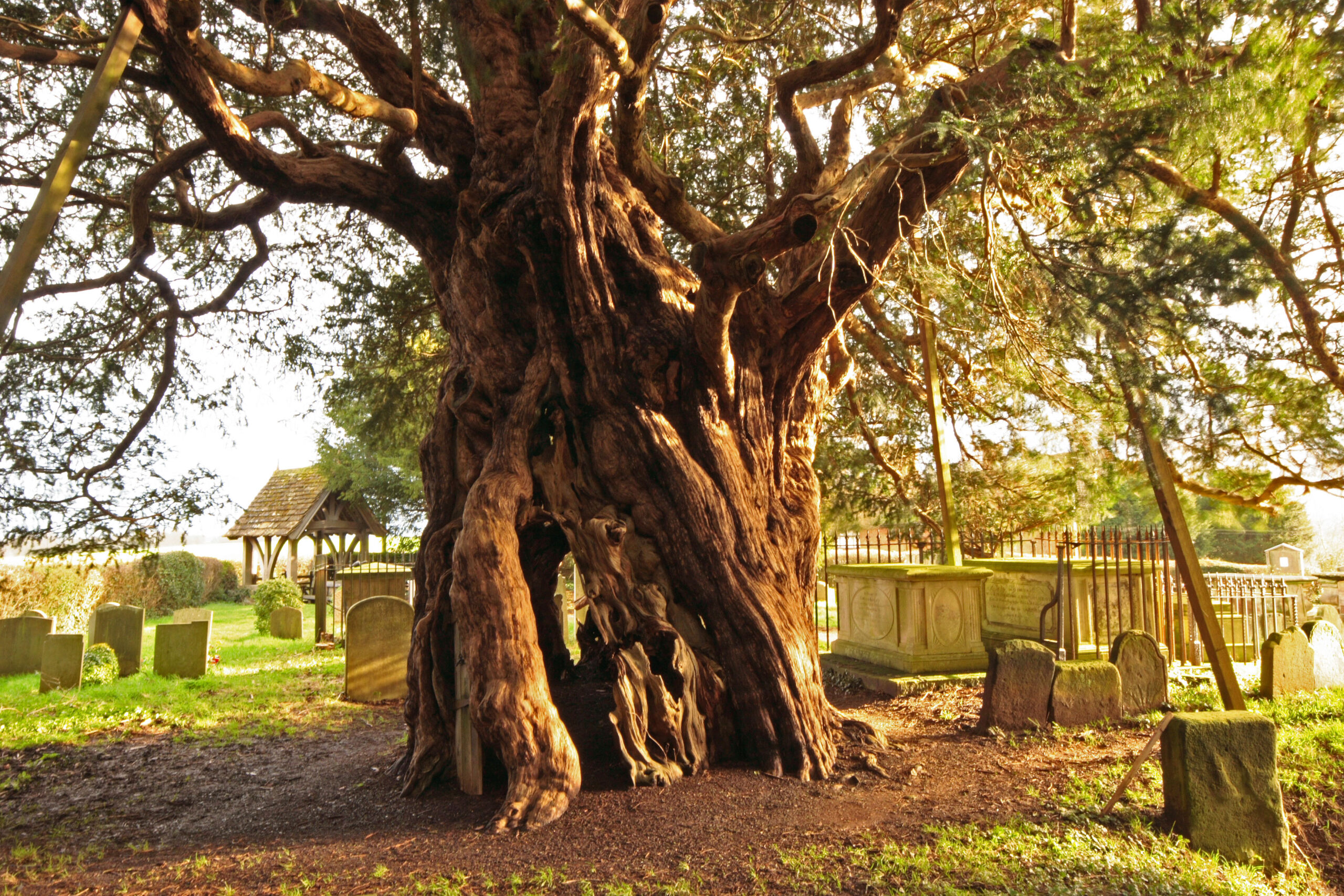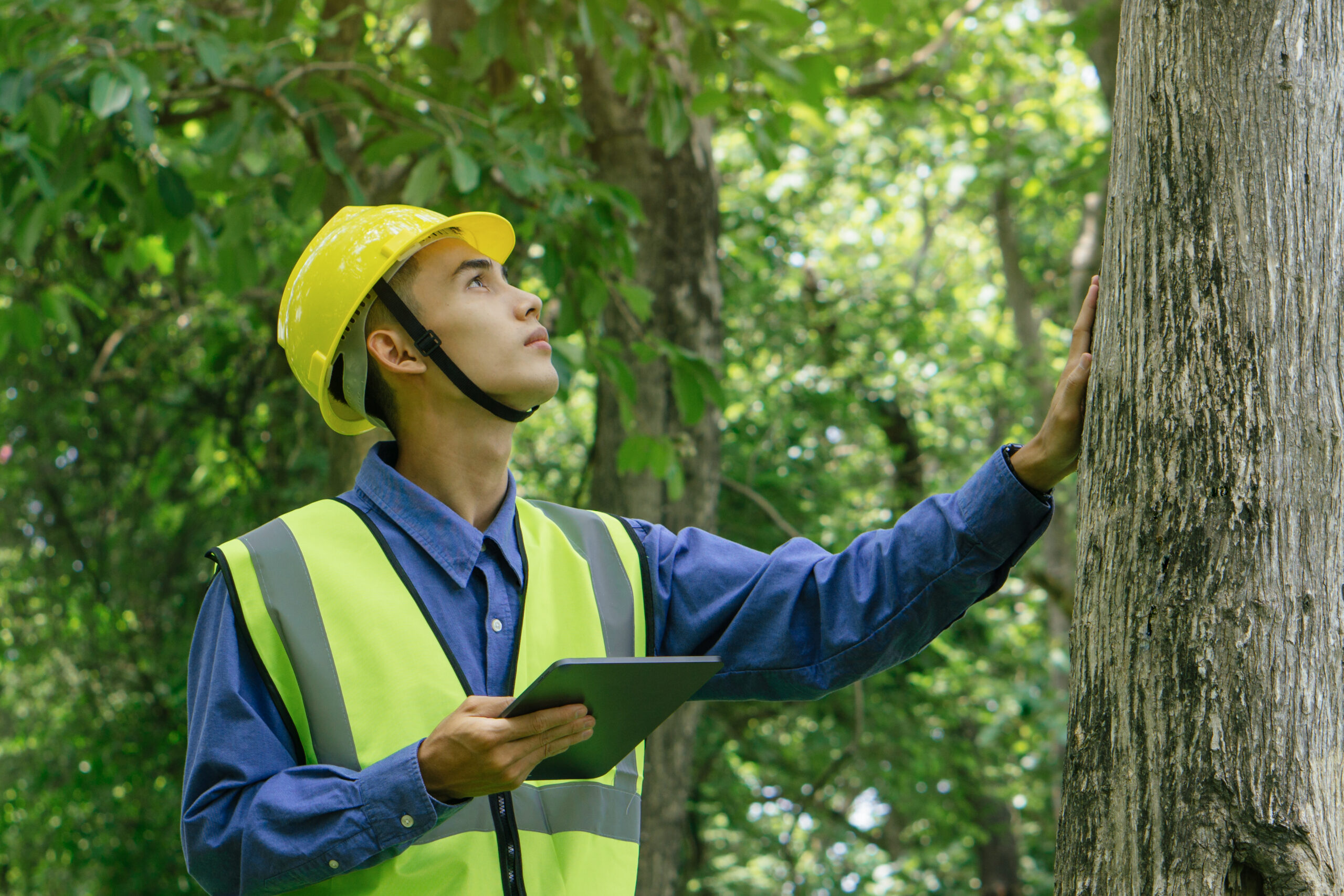Tree categories are used to assess the condition and value of trees on a site before any building work takes place. If you’re planning a development, understanding categories of trees is vital because they show which trees must be protected, which ones can be removed, and how your plans may need to change based on what’s found.
Before any building starts, the local council will want a full picture of how trees could be affected. This means a qualified arboricultural expert will carry out a tree survey using a clear system known as BS5837:2012. This system puts every tree into a category based on its health, life expectancy, and importance to the area. These results help shape how a site can be used and built on.
Some trees are protected by law, while others pose safety risks or are already dying. If you don’t know which is which, you might face delays or even planning refusal. Tree categories provide this knowledge up front, so you can plan confidently and avoid costly mistakes.
Whether you’re building a new home, extending an existing one, or developing a full estate, a clear understanding of categories of trees will support your application and help avoid unwanted surprises.
In this article, we’ll explain what the categories mean, how they affect planning applications, what mistakes people often make, and how to arrange a proper survey. If you’re building in Surrey or anywhere across the South, getting this part right from the start can save you time, money, and hassle.
Understanding Tree Categories In A Tree Survey
Categories of tress are used in arboricultural surveys to assess how each tree on a site might affect a planned development. Every tree is examined by a qualified professional, and then sorted using the BS5837:2012 system. This is the official method followed across the UK when reviewing trees before a building project begins.
Each tree is placed into a category that helps planners, architects, and builders understand how valuable it is, and whether it should be protected, relocated, or removed. These categories are simple and colour-coded, but the impact they have on your project can be significant.
Category A (Green): Trees of High Quality and Value
These are trees that are in excellent health, have a long life ahead of them, and provide visual or environmental value to the area. They are usually mature, stable, and free from significant defects. The council will almost always expect these trees to be kept. If your design involves removing a Category A tree, you may struggle to gain approval unless there’s a very strong case.Category A trees are trees of high value. These trees are good examples of their species – they may be particularly visually impressive, be good habitats for birds or other wildlife or have other ecological or conservation value. Category A trees (especially when there is a high concentration of Category A trees in a small geographic area) are most likely to be subject to a Tree Protection Order. Tree Protection Orders can also cover a geographic area instead of being applied to a single tree and a high concentration of high-quality trees is likely to lead to a blanket TPO being applied to that area.
Category B (Blue): Trees of Moderate Quality
These trees are still considered valuable, but not as essential as those in Category A. They may have had past damage or some management, but they still have good life expectancy and contribute positively to the space. The council will often ask that these be retained if possible, though sometimes removal may be accepted if supported with replanting or design justification.These are trees that are of moderate value. These trees are generally healthy and have some material or conservation value.
Category C (Grey): Trees of Low Quality
This group includes young trees, poor specimens, or those that are nearing the end of their natural life. They don’t usually have high public or environmental value. Removing them is unlikely to cause planning problems. However, even these trees must be logged properly in a survey.If a tree is Category C, it is of low value. These trees may offer some landscaping or visual benefits but are trees that have low growth potential or are not suitable for the local environment. These trees may be foreign varieties that have failed to thrive, or trees that are overmature and at the end of their life. All young trees are automatically categorised as category C trees; however, a comment should be made confirming this, so these trees are not accidentally removed.
Category U (Dark Red): Trees for Removal
These trees are considered unsuitable for retention. They may be dead, dying, or unsafe. Often, they show signs of disease, decay, or structural failure. A good arboricultural survey will flag these trees clearly so they can be safely removed regardless of development plans. Category U trees should be removed straight away these are trees with irremediable defects, structural weakness, trees with infectious pathogens, trees that are inhabited by pests or trees that are already dead.
Understanding the categories of trees helps prevent delays and ensures your design works in harmony with existing natural features. In the next section, we’ll explore how these categories affect the outcome of your planning application.

How Tree Categories Affect Planning Applications
When submitting a planning application, one of the most common causes of delay or refusal is a lack of proper consideration for existing trees. Local planning authorities expect a full understanding of how the trees on your site might be impacted, and this is where tree categories become extremely important.
The BS5837 tree survey is often required before a planning application is even validated. It helps planning officers assess how the development will affect trees and how trees, in turn, may affect the development. For example, a large tree near a proposed building might cause future problems with roots, shade, or stability. On the other hand, a healthy mature tree might offer such high value that the design must be changed to protect it.
Trees under a Tree Preservation Order (TPO) cannot be cut down, trimmed, or disturbed without permission. If a tree falls under Category A or sometimes B, it’s more likely to be protected by a TPO. Even trees not currently protected could gain protection if they’re seen as important during the planning process. That’s why accurate tree categorisation is not just a formality — it can affect whether your plans get approved.
Root protection areas (RPAs) are another key consideration. Each tree category comes with recommended root protection distances. If your building work falls within this zone, your application may be denied or altered. This could affect foundations, drainage systems, access roads, and more.
Tree categories also help shape your site layout. If your site contains several high-value trees, your architect may need to shift buildings, reduce the size of the footprint, or re-think driveways and gardens. It’s far easier to plan around the trees from the start than to adjust designs after objections are raised.
Without a proper survey and a clear record of the categories of trees, your planning application may lack the evidence needed for approval. Councils are more likely to support applications that show respect for existing trees, especially when supported by expert reports from arboricultural consultants.
Common Misunderstandings About Tree Categories
Understanding the process behind categories of trees is important for a smooth planning journey. Many issues arise because of simple mistakes or wrong assumptions. Below are common misunderstandings people make and the truth behind them:
1. All Greenery Is Treated the Same: Not True
People often assume that every plant or natural feature holds the same weight in planning. In reality, the BS5837 system sorts vegetation based on condition, age, structure, and future potential. A healthy and valuable specimen gets more consideration than a weak or short-lived one.
2. No Protection Order Means No Restrictions: Incorrect
Many think that if there’s no formal preservation status, removal is allowed. But even without an order in place, anything labelled high quality in a survey can still influence planning. The council can ask for retention or redesign if they feel it plays a strong role in the character of the area.
3. Habitat Value Equals Planning Value: Misleading
Confusion often comes from mixing ecological classifications with planning ones. Something may be low in biodiversity but important in terms of visual appeal or boundary definition. The system for tree categories focuses on physical structure, not just wildlife impact.
4. One Report Fits All Sites: A Costly Assumption
Another misunderstanding is the idea that a report can be copied across different locations. Each site has different soil, layout, light levels, and surroundings. A report is only valid for the layout and features originally assessed.
5. Consultants Approve or Reject Plans: False Belief
The role of a consultant is to record facts. They assess, they report, but they don’t decide. That decision sits with the council. However, if a report is unclear or inaccurate, it can easily lead to the wrong outcome for your application.
6. Everything Big Is Automatically High-Value: Oversight
Size doesn’t equal strength. Some large specimens are hollow, unstable, or weakened by past damage. Without proper examination, it’s easy to overestimate the value based on size alone.
Clearing up these myths helps keep your project on the right path. In the next section, we’ll go through what happens during a survey and how to prepare for it.

What Happens During A Tree Survey?
Before building can begin, a professional survey must be carried out to assess every plant or wooded feature on the site. This isn’t just a box to tick, it’s a vital step that guides the design process and helps ensure your plans are accepted by the local council.
Step 1: Booking The Survey
The first step is to contact a qualified arboricultural consultant. These professionals are trained to assess and report on vegetation in line with British Standard BS5837:2012. When booking, make sure they know what stage your development is at. If possible, share your draft plans so the survey can be tailored to your project.
Step 2: The Site Visit
A visit is arranged to walk through the land and assess each individual feature. This involves measuring height, width, crown spread, and checking for signs of health or weakness. Every item is marked, labelled, and given a clear reference.
Step 3: Assigning Tree Categories
Once the on-site assessment is complete, the consultant will assign a category to each specimen. The categories (A, B, C, and U) reflect overall condition and value. This process doesn’t involve guesswork — it follows strict guidance to ensure every item is rated fairly. You’ll find this information clearly listed in the final report.
Step 4: Mapping And Reporting
All findings are put into a detailed report. This includes a plan map showing locations, a full list of measurements, and a key explaining the categories. If required, extra documents like Root Protection Area plans or Impact Assessments can be added to show how your design avoids harming valuable parts of the site.
Step 5: Supporting Your Application
The report becomes part of your planning submission. Councils use this to check that your proposal respects what’s already there. A strong report, backed by accurate tree categories, often makes the difference between quick approval and unexpected refusal.
The better prepared you are for the survey, the smoother the whole process becomes. In the final section, we’ll explain how our expert service helps you handle it all with ease — and why getting the right help early on really matters.
Work With Canopy Consultancy For Reliable Tree Category Assessment
Getting the right help with tree categories isn’t just about ticking a box. It’s about making sure your project stays on track, avoids rejection, and gives you peace of mind from the very beginning. So many planning applications hit delays simply because the initial assessment wasn’t done properly or worse, wasn’t done at all.
At Canopy Consultancy, we take care of this step for you. We know what councils look for. We know what needs to be included in your report. Most importantly, we know how to explain it in a way that makes sense, not just to planning officers, but to you as well.
Our process is fast, clear, and tailored. We’ll walk the site, assess everything fairly, assign each item to the right category, and give you a report that’s ready to submit. We also explain what it all means, so you’re not left with pages of confusing numbers and letters. Whether it’s a home extension or a larger development, we make sure you’re covered.
You don’t need to guess your way through the planning system. You need a reliable partner who knows how to get it done right. And that’s where we come in.
If you’re working on a project and want a clear, honest report that will hold up in front of any council, call us today on 07775 686588 or visit canopyconsultancy.com to get started. We’re here to make the process easier, smoother, and fully approved right from the start.
Share This Story, Choose Your Platform!
Table of Contents
- Understanding Tree Categories In A Tree Survey
- How Tree Categories Affect Planning Applications
- Common Misunderstandings About Tree Categories
- 1. All Greenery Is Treated the Same: Not True
- 2. No Protection Order Means No Restrictions: Incorrect
- 3. Habitat Value Equals Planning Value: Misleading
- 4. One Report Fits All Sites: A Costly Assumption
- 5. Consultants Approve or Reject Plans: False Belief
- 6. Everything Big Is Automatically High-Value: Oversight
- What Happens During A Tree Survey?
- Work With Canopy Consultancy For Reliable Tree Category Assessment

